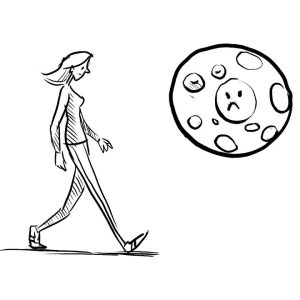Imagine for a moment that your body is a magnificent skyscraper. The spine? It’s the central steel beam running through it, a pivotal foundation that determines the integrity of the structure. “Stand Tall: Unraveling the Spine-Posture Connection” isn’t just a catchy phrase; it’s an essential truth about the human body that we often overlook until discomfort or pain brings it to our attention.
The spine, a marvel of biological engineering, is more than just a stack of bones. It’s a dynamic structure consisting of vertebrae, intervertebral discs, ligaments, and muscles, all working in harmony to support your body. It’s what enables you to twist, bend, and importantly, stand upright. But here’s where it gets fascinating: the state of your spine is directly linked to your posture, and in turn, your posture can profoundly influence the health of your spine.
Poor posture isn’t just a bad look; it’s an open invitation for back pain, neck strain, and a host of other musculoskeletal issues. When we slouch, hunch over our desks, or spend hours with our necks craned over smartphones, we’re not just being lax about our appearance. We’re actively throwing our spines out of alignment. This misalignment places undue stress on certain parts of the spine, leading to discomfort, pain, and even long-term damage.
But the spine-posture relationship is a two-way street. Just as poor posture can lead to spine issues, a misaligned spine can throw your posture off kilter. Conditions like scoliosis, kyphosis, and lordosis warp the natural curvature of the spine, challenging your body’s ability to maintain a neutral, upright stance. This can set off a domino effect, where compensating for a spinal abnormality throws other parts of the body out of whack, leading to imbalance, strain, and pain.
So, how do we ensure our “central steel beam” supports us in standing tall and confident? The answer lies in a blend of awareness, adjustment, and exercise. First, becoming aware of our posture throughout the day is crucial. Simple adjustments, like aligning our ears over our shoulders and our shoulders over our hips, can make a significant difference. Exercises that strengthen the core and back muscles are also vital, as these muscles are essential supporters of the spine. They act like the guy wires that keep a mast upright, ensuring our spine is well-supported.
Picture this: you’re sitting at your desk, and you catch yourself slouching. What if, instead of correcting your posture momentarily, you take it as a cue to stretch and strengthen your back? Imagine integrating short, spine-friendly exercises into your daily routine, transforming your body’s support system from within. This isn’t just about avoiding pain; it’s about enhancing your body’s capacity for movement and vitality.
The spine’s role in our posture and overall well-being is a tale of interconnectedness, where each element influences and is influenced by the other. By nurturing this connection, we not only stand taller but also embrace a lifestyle that honours the intricate design of our bodies. So, let’s commit to giving our spines the attention and care they deserve, not just for the sake of our posture but for our overall health and happiness.
Embracing the spine-posture connection isn’t just about standing tall; it’s about living fully. It’s about realizing that our bodies are not just vessels to carry us through life but exquisite structures capable of incredible strength and grace. By caring for our spines, we’re not just preventing pain; we’re unlocking our potential to move, express, and experience life in its fullness. Let’s not wait for discomfort to remind us of the importance of our spine; let’s take action now, stand tall, and move through life with confidence and ease.


